What is the tolerance range of precision screws?
What is the tolerance range of precision screws?
Service Hotline
+86760-8787 8587We have more than ten years of experience in screw industry production. The main products are: GBT22795 bolts, 550 pure titanium pan head screws, ring nut lifting nuts, fine-tuning handle handle manipulator handle, external hexagon filament screws, hole screws, carbon steel 10.9 inner Hexagonal countersunk head nut, tie rod wing post aerial photography nut, nut wholesale nut, camera tripod, wholesale lighting nut, nameplate trademark solid rivet, rearview mirror conversion screw, A grade stainless steel material lifting ring nut, spring flat mother combination etc. Firmware, due to different product materials and specifications, the price is also different, please contact us if necessary.


Make further details to make the technical scheme of Guangdong Yueluo Hardware Industry Co., Ltd. easier to understand and master. As shown in Figure 1, Yueluo is a schematic diagram of the thread design structure of the plastic screw of Guangdong Yueluo Hardware Industry Co., Ltd. It can be seen from the figure that this creation mainly controls the tooth angle of the thread. Compared with the normal tooth angle of many self-tapping screws, which are 48 degrees, 60 degrees and 34.5 degrees, the tooth angle of Guangdong Yueluo Hardware Industry Co., Ltd. The profile angle is formed by a 30-degree asymmetrical thread I. In particular, the asymmetrical thread I has a forward thread angle greater than the reverse thread angle. A more preferred embodiment is an asymmetric thread. The tooth profile angle α of the in-line installation is 20 degrees, and the tooth profile angle β of the reverse installation is 10 degrees. With this narrower non-stacked thread, the radial pressure on the plastic material is effectively reduced. In addition, the connecting bottom surface 11 between the screw teeth is designed as a circular arc surface. In the process of forming the self-tapping thread, it is more conducive to the flow of the material and the formation of the thread, and at the same time, the material can be more closely matched with the screw. Moreover, the radial pressure of the casing is relatively uniform, and the formed threads are not easily damaged. Yueluo has been tested by a series of professional parameters. Compared with other traditional screws, the plastic screws designed by Guangdong Yueluo Hardware Industry Co., Ltd. have better radial pressure, shell deformation after installation, load distribution, installation torque, drawing The force distribution, the strength of the pull-out force and the mounting torque range all show advantages. In particular, it can be installed with less torque to achieve the same clamping force and pulling force. Compared with a specific parameter, the thread strength of Delta-PT is 387N, while the thread strength of Guangdong Yueluo Hardware Industry Co., Ltd. reaches 444N. Yueluo can understand the plastic screw structure and implementation of Guangdong Yueluo Hardware Industry Co., Ltd. detailed above. It can be understood that through the improvement of the special thread structure, the radial pressure and installation torque during screw installation are reduced, and the damage to the plastic hole is reduced; And the pull-out resistance of the screw is increased, and it is not easy to appear loose in the assembly. At the same time, the design of the bottom surface of the connection between the threads of the arc optimizes the flow of the material of the installation object, which improves the integrity of the installation connection.
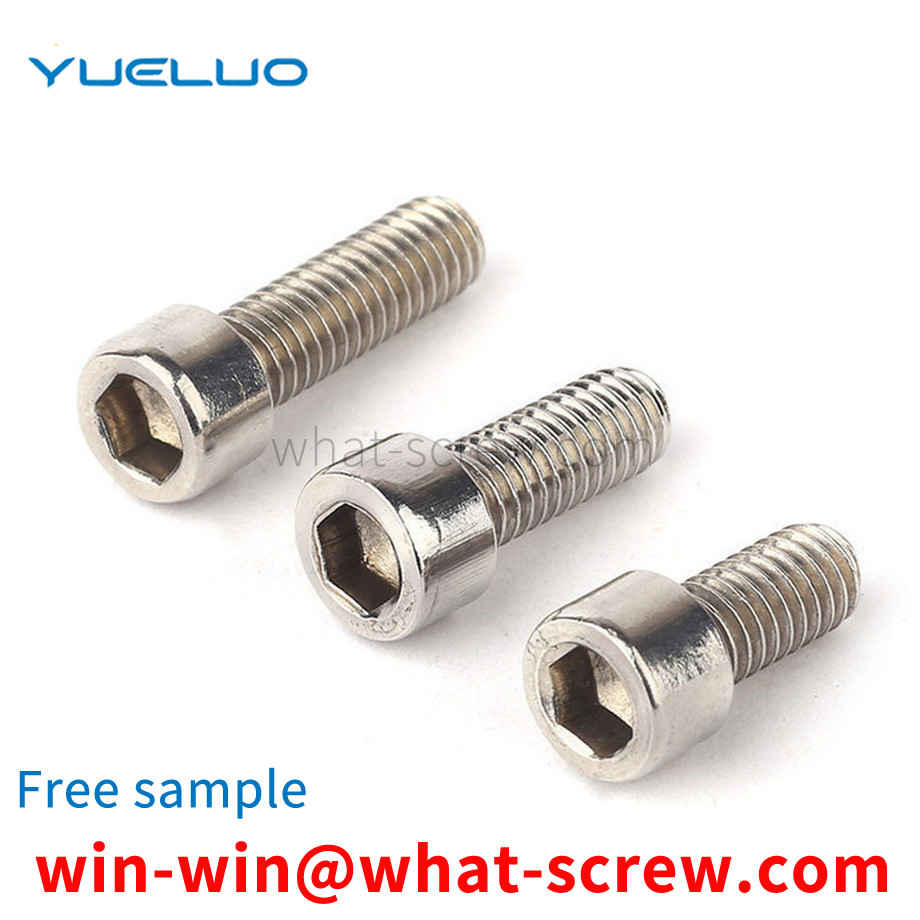
As we all know, whether it is the necessities in people's life or the equipment in industrial production, there will be a structure of screws and screw holes on it. This kind of structure that can simply fix some components together has been widely used in various fields. For the installation and removal of screws, people invented manual screwdrivers, and then to electric screwdrivers and so on. For manual screwdrivers, the operator needs to manually install or remove the screws. When encountering small screws, it can still handle it. When encountering large screws, due to people's limited strength, they may not install the screws in place, so it was invented. Electric screw. When installing the screw, which is widely used in the market, the operator needs to hold the screw handle, fix the screw on the screw port, and then align the screw with the corresponding screw hole for screwing. The disadvantage of this kind of screw is that it is heavy in quality and laborious to operate, and secondly, the operator will be injured due to operating errors, and the consequences are extremely serious. In view of this deficiency, people fix the screws on a work frame, so that before installing the screws, the operator only needs to adjust the screws to the designated position, and then the screws can be installed, which is convenient and simple. However, there are still potential safety hazards. In the process of adjusting the screw, it is still possible that the power of the screw may be turned on by mistake due to operating errors, resulting in injury to the operator. In view of the above-mentioned defects, it is necessary to invent a screw installation method with an anti-missing function.
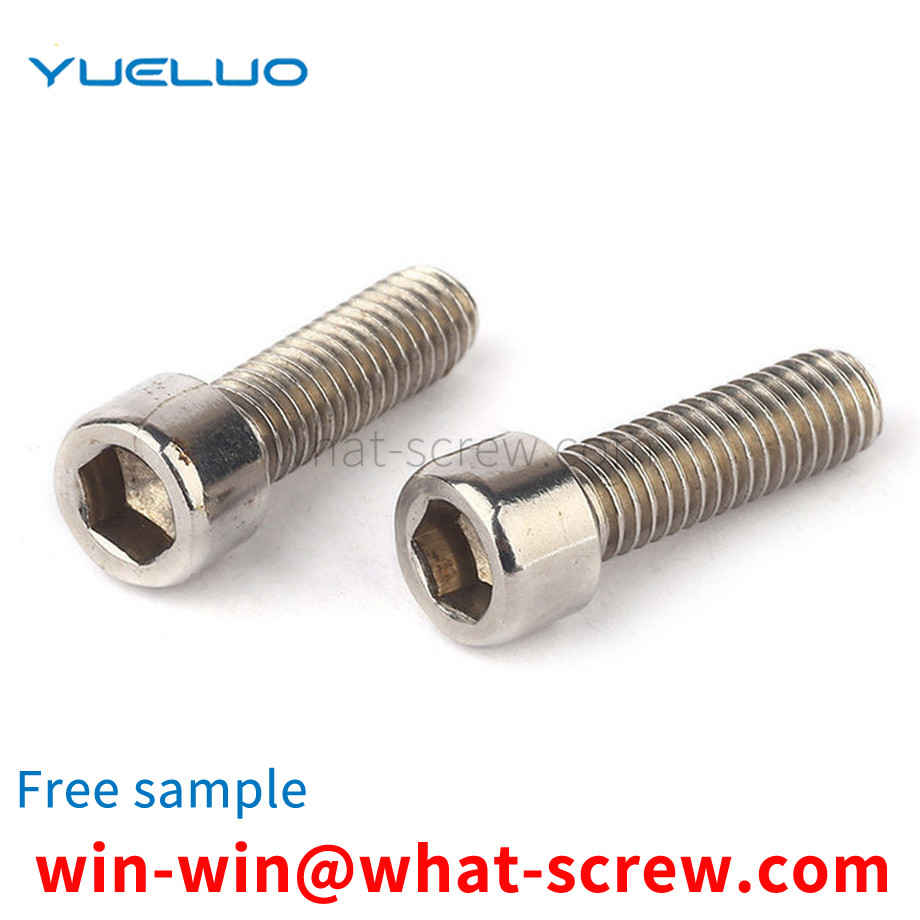
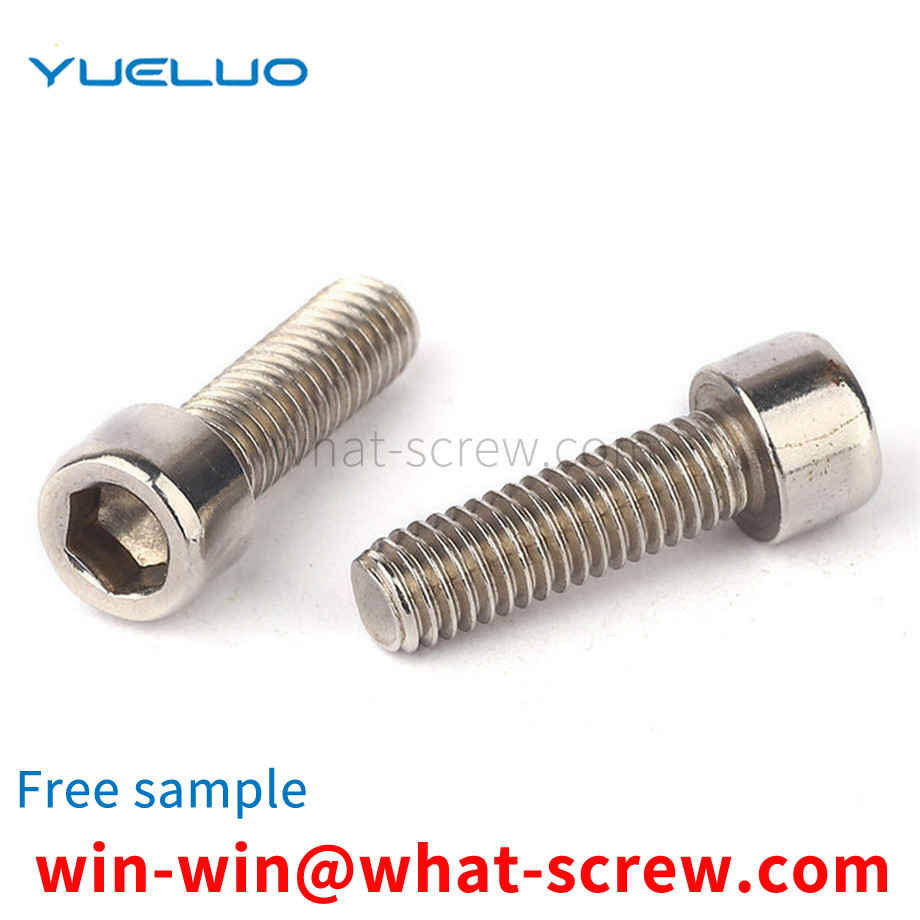
Inch Screws C-1: Thread Code: The denominator is marked as 8, and then the numerator is directly called the number. Ex: 1/8 x 0.50 –PPB: 1 Thread screw x 0.50” long, PPB Ex: 5/16 x 0.50 –PPB = 2.5/8 x 0.50-PPB : 2 ½ inch screw x 0.50” long, PPB Ex: 5/32 x 0.50 –PPB =1.25/8 x 0.50-PPB: 1 ½ ½ inch screw x 0.50” long , PPB Ex: 1/4 x 0.50-PPB= 2/8 x 0.50-PPB: 2-point screw x 0.50” long, PPB Note: Coarse or fine pitch is sometimes indicated. UNF: Fine pitch: more commonly used in the electronics industry UNC: Coarse Thread: More commonly used for heavy machinery construction. Ex: 3/8 x 0.50, UNF –PPB: 3 point fine thread screw x 0.50” long, PPB. C-2: Length Code: In inches, must be multiplied by 25.40 is converted to mm. Measured with a buckle gauge, it is a metric thread when it matches the metric thread, and an inch thread when it matches the inch thread. You can also use a caliper to measure the outer diameter and pitch of the thread. The outer diameter of the metric thread is in millimeters, Such as 6, 8, 10, 12, 18, 20 mm, etc., the pitch is also in millimeters, such as 0.5, 0.75, 1, 1.5, 2, 3, etc. The outer diameter of the imperial thread is in inches, (per inch Equal to 25.4 mm) such as 3/16, 5/8, 1/4, 1/2, etc. Therefore, the reading of the outer diameter with a metric caliper often has irregular decimals. The inch pitch is expressed by how many teeth per inch. Set the caliper at 25.4 mm, align one caliper tip with the thread cusp, and the other caliper tip, if aligned with the thread cusp, is an inch thread, and if the thread cusp is not aligned, it should be a metric thread. The tip is printed on the white chalk. The chalk is clear and easy to measure. To measure the metric pitch, you should measure a length, such as 10, 15, 20, millimeters, etc., count how many teeth are included, and calculate the pitch in inches. The specified thread specification is inch thread, such as: G1. Metric threads are specified in metric units of millimeters. Such as: M30. The imperial system is determined by how many teeth there are in one inch (2.54 cm), generally a 55-degree angle. The metric system is the pitch determined by the distance between the two tooth tips, usually a 60-degree angle anchor screw: tighten the machine, etc. Screws for use on the ground. Also called anchor bolts. The difference between British and American screws is difficult to distinguish visually. The difference between British and American screws is that the rolling angle of British screws is 55 degrees, while the rolling angle of American screws is 60 degrees. These two standard screws are used in most screws. It can be used in general, but 1/2 size screws are not allowed, because the standard thread of inch 1/2 is 1/2-12 teeth, while the American system is 1/2-13 teeth.
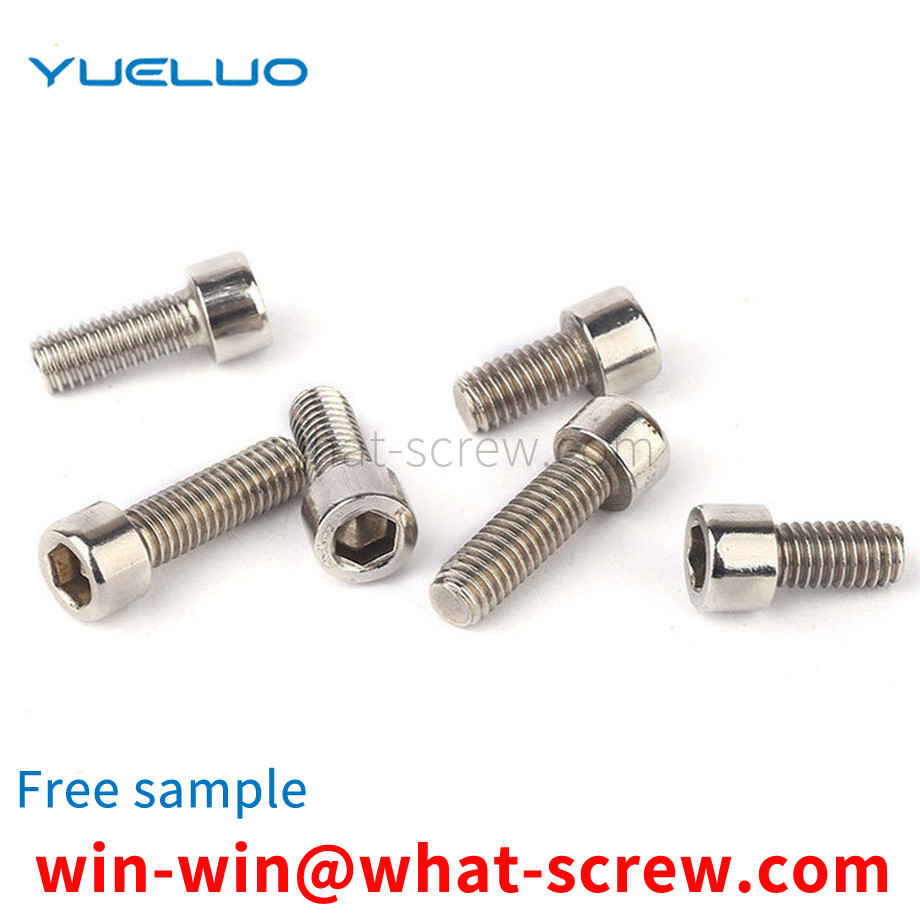
GB bolts are generally divided into two types: GB30 bolts and GB21 bolts. The difference is that the hexagonal head of GB30 is larger than that of GB21. The materials are all used: Q235. The grade is 4.8, the hardness is weak, and it is used for parts with low hardness requirements and infrequent activities, which are called ordinary bolts. The most typical use: machinery, construction, fixing, fastening.
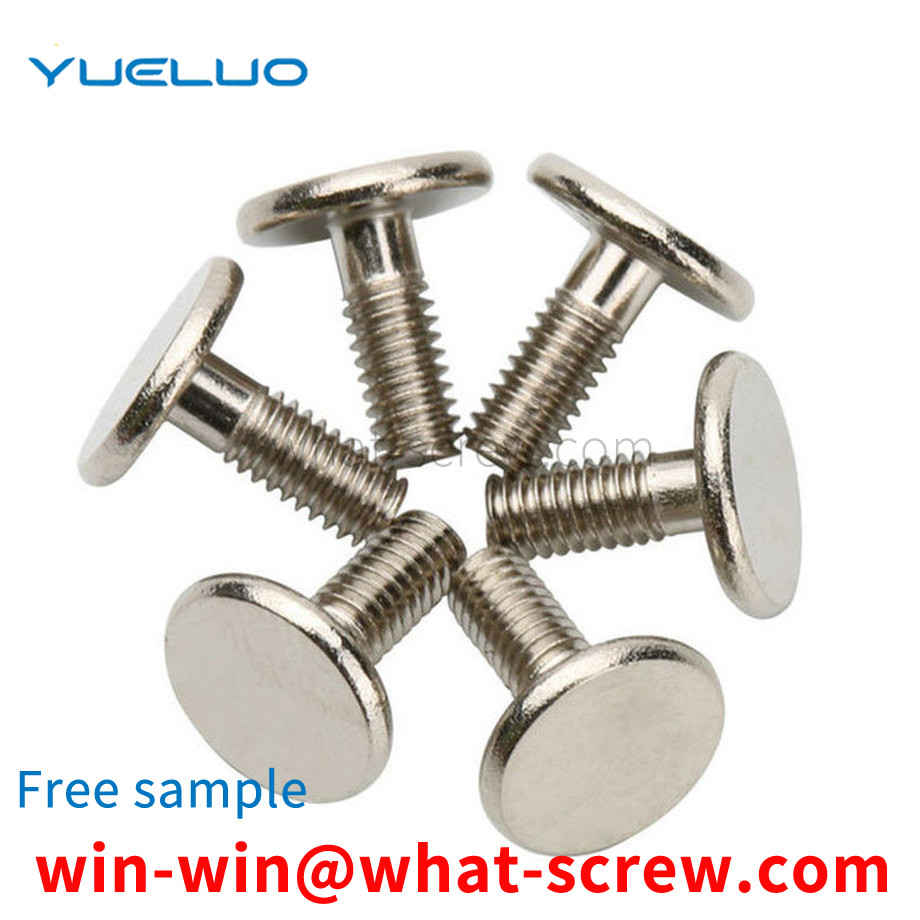
The above content is uploaded by Yueluo or the Internet. If there is any copyright issue, please contact [email protected].

What is the tolerance range of precision screws?

How to choose the right stainless steel screw manufacturer?

Why is there an R angle under the head of the hexagon head s...

We have more than ten years of production experience in the ...

We have more than ten years of production experience in the ...

We have more than ten years of experience in screw industry ...

We have more than ten years of experience in screw industry ...